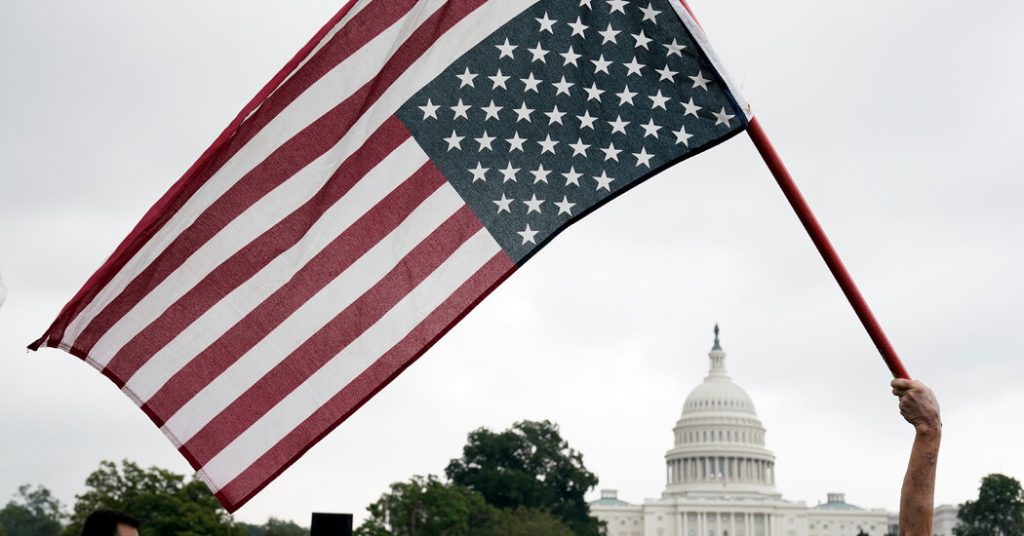The upside-down American flag has historically been a symbol of distress, dating back to the country’s founding when sailors used it to signal dire situations at sea. Over time, however, the practice has evolved into a symbol of political protest, particularly by individuals who believe that the nation is in grave danger. Following the 2020 election, supporters of former President Donald Trump began displaying inverted flags to show their belief in the false claim that the election was stolen. The practice gained national attention when it was reported that an upside-down flag was flown outside Justice Samuel A. Alito Jr.’s home in Virginia in January 2021, during a time when the Supreme Court was considering hearing an election-related case.
The tradition of flying a flag upside down originated in the British Isles in the 17th century as a way for sailors to signal distress without a specific flag. It was adopted in the U.S. flag code as a signal of dire distress in cases of extreme danger to life or property. This convention has been upheld for decades, with instances such as a clam digger summoning help after suffering a stroke by flying an inverted flag. The practice has transitioned from a maritime distress signal to a symbol of political protest against issues such as slavery and the Vietnam War in the 19th and 20th centuries.
In the 1960s and ’70s, protesters against the Vietnam War carried the flag upside down as a symbol of opposition, with some even putting upside-down flag stamps on their letters to convey an antiwar message. However, the use of the upside-down flag has faced backlash at times, with instances of individuals being prosecuted for desecration of the flag prior to a Supreme Court ruling in 1989 that protected such acts under the First Amendment. More recently, Tea Party activists, demonstrators in Ferguson, Missouri after the killing of Michael Brown, and “Stop the Steal” protesters after George Floyd’s murder have used the inverted flag to make a statement.
Throughout history, the upside-down flag has been displayed in various contexts, including by politicians like John F. Kerry and protesters like those in Minneapolis in 2020 following George Floyd’s death. More recently, it has been closely associated with the “Stop the Steal” movement, which rejects Donald Trump’s defeat in the 2020 election. The practice has become prevalent among MAGA and QAnon communities, signifying the impending death of the nation and a call to arms for some on the political right. Alongside other symbols such as thin-blue-line flags and Punisher skulls, the inverted flag has become ingrained in the hyperpartisan political landscape, carrying multiple layers of meaning and significance for different groups.
Overall, the upside-down American flag has evolved from a maritime signal of distress to a potent symbol of political defiance and protest throughout history. Its usage by individuals and groups across the political spectrum reflects deeply held beliefs and convictions about the state of the nation and calls to action for change. Whether displayed in response to election disputes, social injustices, or other issues, the inverted flag continues to provoke discussion and controversy while serving as a powerful statement of dissent and resistance in today’s polarized society.


